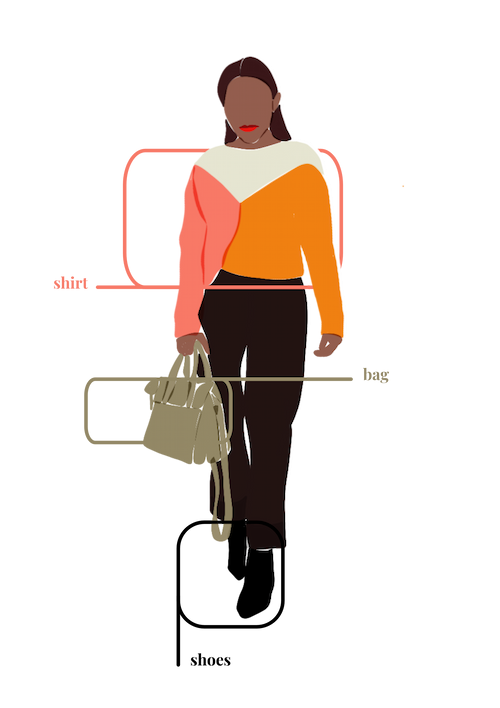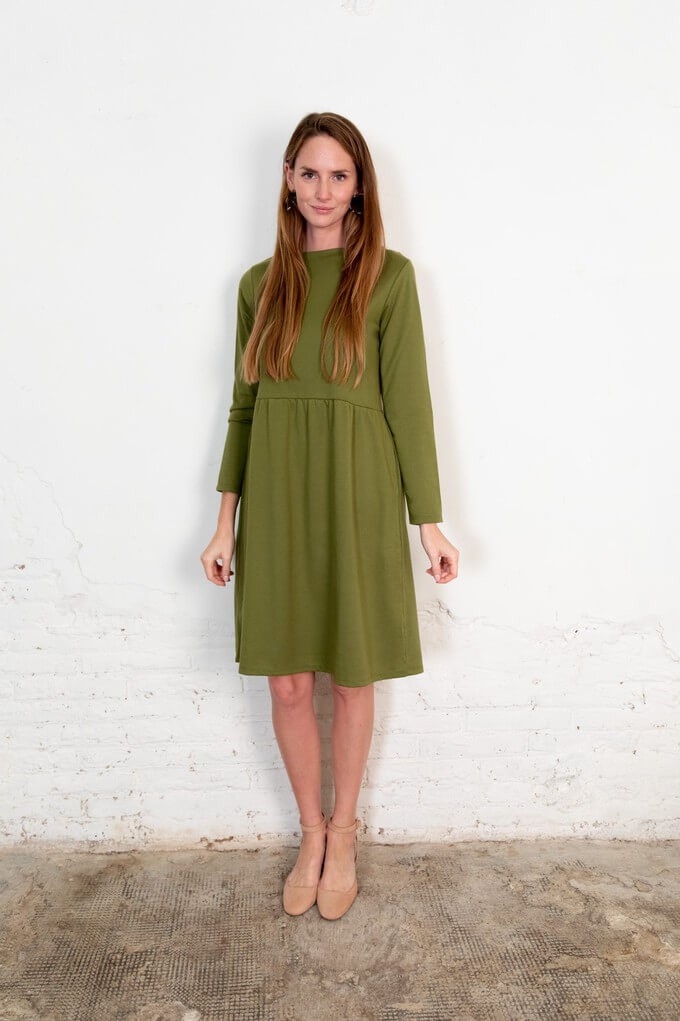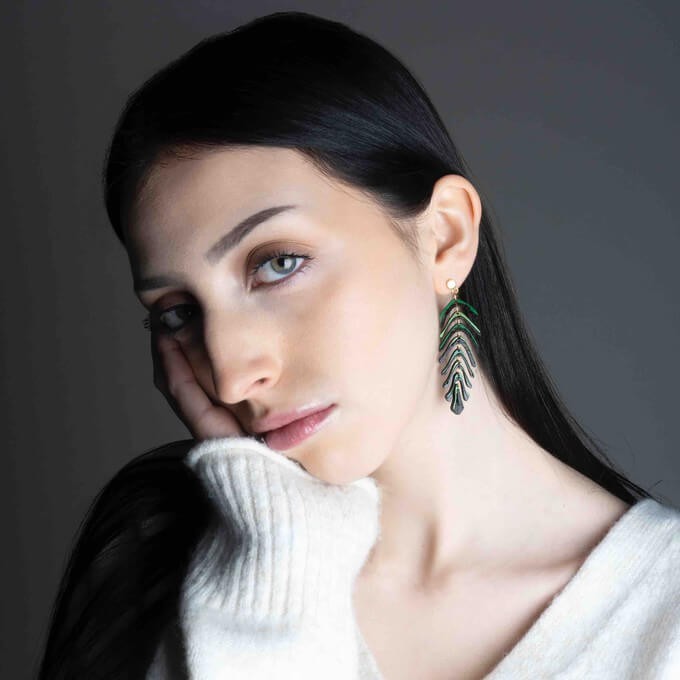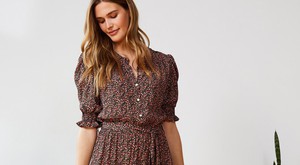- Clothes
- Bags
- Accessories
-
Inspiration
- Shoes
EU Green Claims Directive & Fashion: How Will It Impact YOU?

So, you’ve heard that the EU proposed a new Green Claims Directive to fight greenwashing. What will that mean for you as an eco-conscious consumer, though? And what about your favourite indie fashion brands?
Spoiler alert: we believe it’s both good and bad news.
Jargon-free overview of the Green Claims Directive
Not sure what exactly we’re talking about? Then start with this quick overview of the Green Claims Directive before looking at its pros and cons.
What is the Green Claims Directive?
Presented on 23rd March 2023, the Green Claims Directive is part of a bigger proposal to update the EU Unfair Commercial Practices Directive.
Essentially, it’s a set of suggested amendments to tackle greenwashing—the dodgy practice of making something appear environmentally friendly by using misleading or even downright false information:
- Companies will need to follow certain rules and common criteria when making and communicating any green claims
- These will need to be verified independently and backed up by scientific evidence (saying “this product is eco-friendly” will no longer be enough!)
- There are currently over 200 sustainability labels within the EU, with criteria that often overlap or even contradict each other. Plus, some of them only require a self-certification, so they can be unreliable as well as confusing. The new Directive will reduce and standardise these lables, too
What are the goals of the Green Claims Directive?
Overall, the Green Claims Directive aims to make all sustainability claims reliable, verifiable, and easy to compare.
Basically, the goal is to ensure that eco-conscious consumers like you are given clear and reliable information whenever a product or service is marketed as green or sustainable.
That way, you can make an informed decision with what to buy and what brands you support.
Why is this needed?
Well, the Green Claims directive was suggested because… greenwashing happens a lot.
In fact, a whopping 53.3% of all the environmental claims examined were revealed to be vague, misleading, or even unfounded.
And, while greenwashing can happen in any industry, let’s face it: it tends to be particularly “trendy” in fashion.
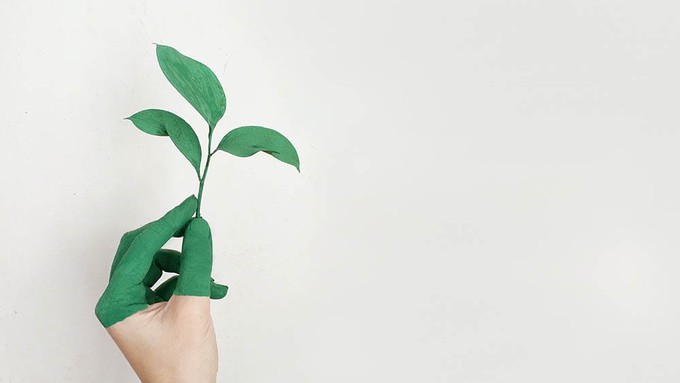
Who will be affected by the Green Claims Directive?
The Green Claims Directive will affect businesses and organisations within all EU member states.
However, if you shop from any EU-based brands, this will be relevant to you no matter where you live.
Keep in mind that this isn’t final yet, though! The Directive is still subject to approval of the European Parliament and Council. Not only can this process take over a year, but it might even result in new amendments.
The main pros and cons of the EU Green Claims Directive
Based on what we know so far, at Project Cece we’re both excited and… a little concerned.
How the new Green Claims Directive will benefit eco-conscious consumers and brands
The new Green Claims Directive should end greenwashing within the EU.
- By using vague claims and words like “green” or “all-natural”, many fast fashion brands have been tricking consumers into buying “eco-friendly” garments or collections, so far. If the Directive is approved, you’ll finally be able to trust any green claim you see
- Many fast fashion companies have been hijacking the conversation on sustainability thanks to their big budgets (and greenwashing tactics). It should finally become easier for smaller ethical brands to reach and educate more eco-conscious consumers
So, that’s good news for both you and all thsoe inspiring indie brands that are actually as sustainable as they claim: they’ll no longer be overshadowed by huge fast fashion companies when it comes to selling ethical clothes.
What might be more challenging if the Green Claims Directive gets approved

Following these new rules will create additional costs for sustainable fashion brands… and they already tend to have limited budgets!
For example:
- Getting external labels, certifications, and verification can be both expensive and time-consuming
- The Directive doesn’t include a clearly defined framework at this stage. So, these brands will probably incur in legal fees or need to hire a relevant team to make sure they comply with the new rules
Ironically, many brands that are actually taking all the right sustainable steps might decide not to declare them—due to costs and fear of making the wrong claims.
And, of course, many eco-conscious consumers might overlook them as a result.
Project Cece’s final thoughts on the EU Green Claims Directive
We created this platform—a search engine for ethical fashion—because we realised that sustainable clothes were hard to find and identify.
So, the overall motivation and goal behind the EU Green Claims Directive is aligned with our own. We’re glad something is finally being done about greenwashing and to help consumers support ethical brands more easily!
At the same time, we really hope that the new EU Green Claims Directive won’t penalise independent ethical companies. After all, despite their small budgets, they’re usually the ones making the biggest difference.
Found this helpful? Start receiving our tips and inspiration to make even more sustainable fashion choices.
Share our story
Related articles
How to Check if a Brand is Sustainable: 7 Effective Tricks
Enough with greenwashing! Here’s how to tell if a brand is actually as sustainable as it sounds or just another fast fashion company pretending to be ethical.
Fashion Greenwashing: Don’t Let Unethical Brands Trick You!
Looking for a greenwashing definition? It’s an immoral PR stunt to deceive clueless eco-conscious consumers. Don’t let companies get away with it!
Is Deadstock Fabric Sustainable or Is It Greenwashing?
Many companies pride themselves in using leftover textiles, but is deadstock fabric as sustainable as they claim or just another form of greenwashing? Let’s see.
Project Cece is a platform that collects ethical fashion from vetted brands and shops in one place. Browse ethical fashion for women and men and find items that fit your style, budget and values!
